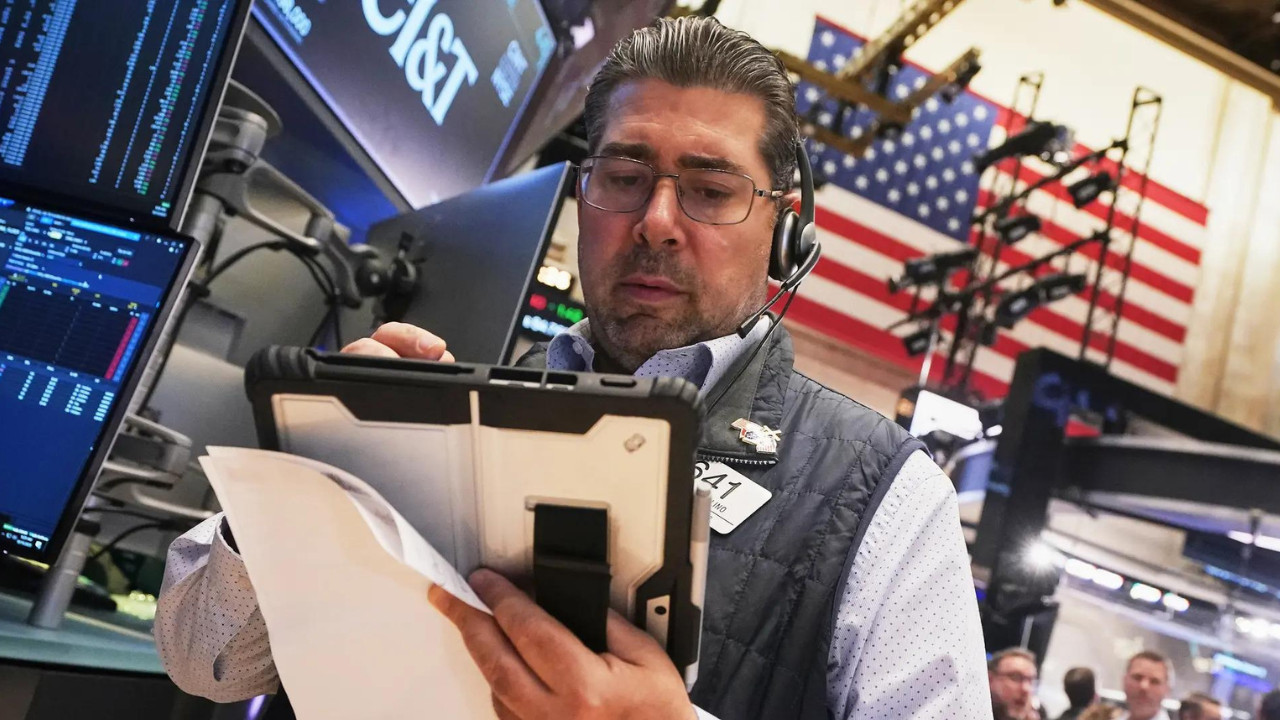Steering Towards Success: Policy Stability and the Future of Auto
The automotive industry is a beast. It’s a global behemoth of steel, silicon, and shifting consumer tastes, constantly straining against the headwinds of economic uncertainty and regulatory change. So, what does it take to truly thrive in this dynamic landscape? Recent comments from a major player suggest a surprisingly simple, yet often elusive, ingredient: consistent government policy.
Why Policy Continuity Matters for Auto Manufacturers
Imagine trying to build a house when the blueprints keep changing. Frustrating, right? That’s the reality for auto manufacturers when faced with constantly shifting policy goals. Long lead times are inherent to car design, development, and production. Investments are planned years in advance, predicated on a certain understanding of regulations, incentives, and market access. When these factors are in constant flux, it throws a wrench into the entire process.
Think about the massive investments being made in electric vehicle (EV) technology. Companies are pouring billions into battery research, charging infrastructure, and retooling factories. But these investments are often predicated on government subsidies and tax breaks designed to incentivize EV adoption. If those incentives disappear or become unreliable, the entire economic model crumbles.
The lack of consistency creates uncertainty, making it difficult for companies to make informed decisions about product development, manufacturing locations, and market strategies. This directly impacts investment, innovation, and ultimately, job creation.
Stellantis’ Perspective: A Call for Stability
Carlos Tavares, the CEO of Stellantis, the multinational automotive manufacturing corporation formed in 2021 from the merger of the Italian-American conglomerate Fiat Chrysler Automobiles and the French PSA Group, has been particularly vocal about the importance of policy stability. His message is clear: a predictable regulatory environment is essential for fostering growth and competitiveness in the auto industry. He argues that sudden shifts in policy can undermine investment decisions and hinder the industry’s ability to innovate and adapt to changing market demands. This isn’t just about protecting profits; it’s about creating a sustainable future for the industry and the communities it supports.
His perspective carries significant weight. Stellantis is a global powerhouse with brands like Jeep, Ram, Peugeot, and Citroen under its umbrella. Their strategic decisions have ripple effects across the entire industry. When a leader like Tavares emphasizes the need for stability, policymakers need to listen. It’s about creating an environment where businesses can confidently invest in the future, knowing that the rules of the game won’t be arbitrarily changed.
The Push Towards Electrification: A Test Case for Policy Stability
The electric vehicle revolution exemplifies the need for stable policies. Governments worldwide are setting ambitious targets for EV adoption, often coupled with policies designed to encourage consumers to switch to electric vehicles. These policies range from tax credits and rebates to emissions regulations and infrastructure investments.
However, the effectiveness of these policies hinges on their consistency. If incentives are abruptly withdrawn or regulations are suddenly tightened, it can create uncertainty and slow down the transition to electric mobility.

Furthermore, policy stability is crucial for fostering consumer confidence. People are more likely to invest in an EV if they are confident that the government will continue to support the technology through incentives and infrastructure development. A lack of confidence can lead to hesitancy and slow down the adoption of electric vehicles.
Beyond Incentives: A Holistic Approach to Policy Stability
Policy stability isn’t just about financial incentives. It also encompasses regulations, trade agreements, and even broader economic policies. For example, consistent trade policies are essential for maintaining stable supply chains and ensuring access to global markets. Similarly, stable economic policies are crucial for creating a predictable business environment and fostering consumer confidence.
In essence, it requires a holistic approach that considers the interconnectedness of various policy areas and their impact on the automotive industry. It also demands close collaboration between governments, industry stakeholders, and other relevant actors.
The Road Ahead: Charting a Course for Sustainable Growth
The future of the automotive industry depends on a number of factors, but policy stability is undoubtedly one of the most important. By creating a predictable and supportive regulatory environment, governments can foster innovation, investment, and job creation in the auto sector. This, in turn, will help the industry navigate the challenges of technological change, shifting consumer preferences, and global competition.
Looking for a stable career? Check out [our current job openings](internal-link-to-careers-page.html) in the automotive sector!
Ultimately, a collaborative approach, recognizing the long-term investment cycles of the industry, is the key to unlocking the full potential of the automotive industry and ensuring its continued success in the years to come. A stable course is needed to ensure the industry continues to steer towards innovation.







